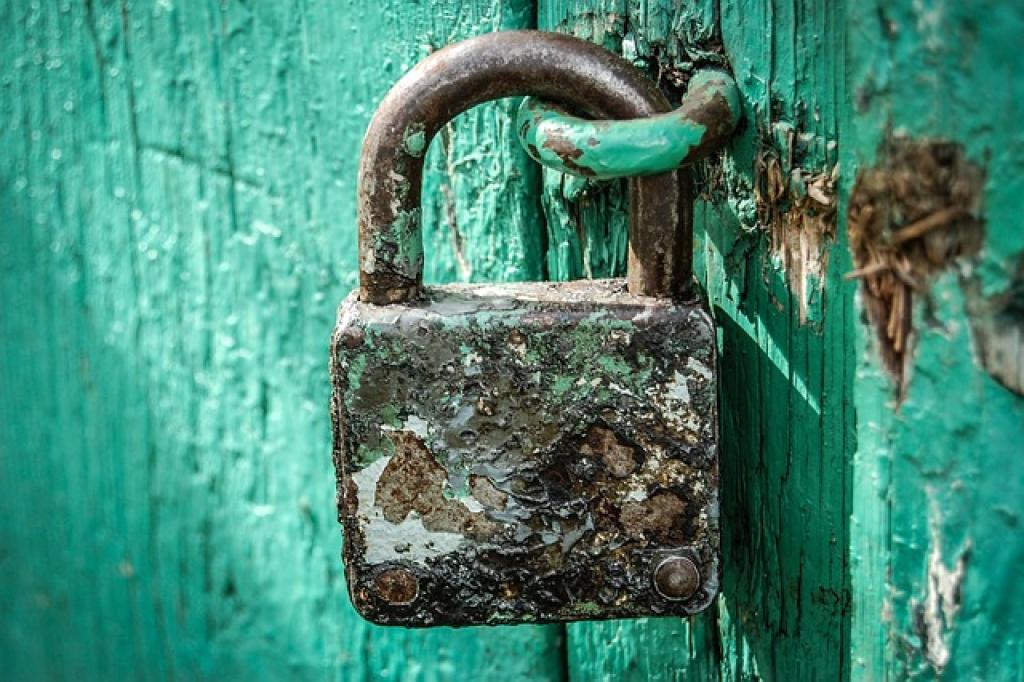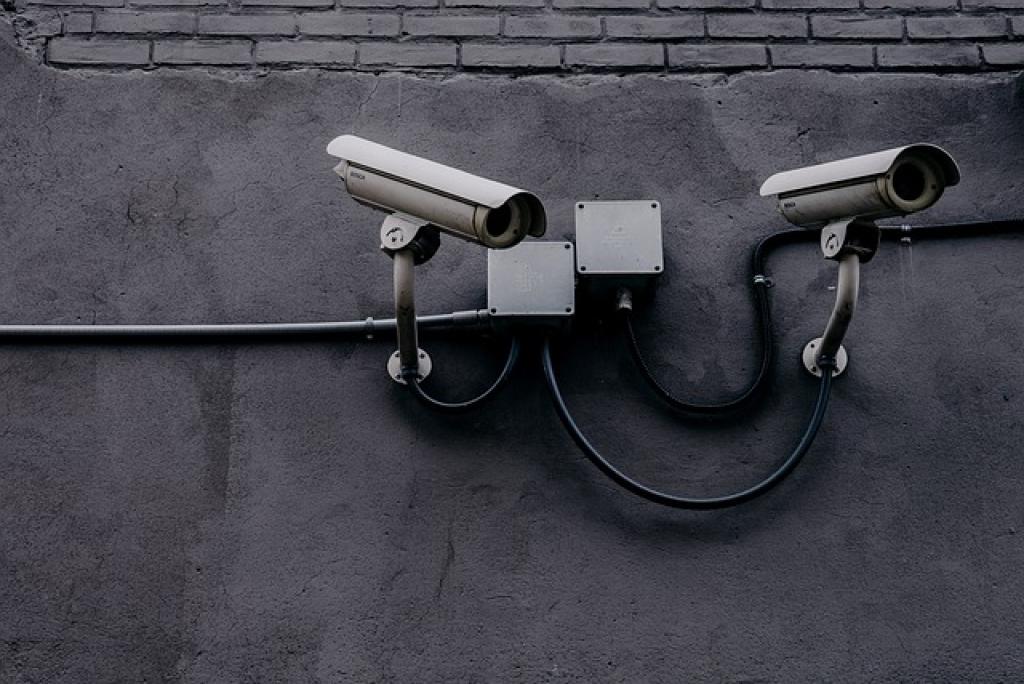
Ensuring Security: Best Practices for Dealing with Power Outages
Power outages can strike unexpectedly, plunging homes and businesses into darkness and disrupting our routines. While the initial inconvenience might tempt you to reach for a flashlight or a candle, there’s much more at stake when the lights go out. Security isn’t just a matter of locking doors—it’s about ensuring the safety and continuity of your entire environment.
In the absence of power, essential services can falter, leaving you vulnerable to potential threats. However, with thoughtful planning and the right strategies in place, you can protect your home and loved ones from the risks that come with an outage.
This post will guide you through key measures to maintain security and peace of mind, even when the grid is down. By preparing in advance and implementing best practices, you can mitigate the impacts of power outages, ensuring your environment remains safe and secure.
Understanding the Impact of Power Outages on Security Systems
When the power goes out, the reliability of your security systems can be put to the test. Alarms, cameras, and other crucial components often rely heavily on a steady supply of electricity. A sudden power loss can render these systems ineffective, creating potential vulnerabilities.
Immediate Effects on Alarms and Cameras
Most modern security systems have a limited battery backup, but how long can they last? Depending on battery capacity and usage, the backup might only support your system for a few hours. This temporary fix, while helpful, might not suffice during extended outages.
Additionally, surveillance cameras can lose functionality, halting video recordings. In such cases, crucial security footage might be unavailable when you need it the most, affecting investigations or incident resolutions.
Network Connectivity Issues
Power outages can sever network connections, cutting off remote monitoring capabilities. You might find yourself unable to access live feeds or receive notifications on your devices, leaving you in the dark about potential risks outside your view.
Understanding these impacts prompts a proactive approach. By recognizing these limitations, you can take steps to bolster your defenses, ensuring that your security systems remain effective and reliable, even when the lights go out.
Creating a Detailed Response Plan for Power Loss Scenarios
A well-prepared response plan is your best ally when facing power outages. By developing a comprehensive strategy ahead of time, you ensure swift action and maintain security, even amid the chaos of a blackout.
Assessing Your Power Needs
Start by evaluating which systems and appliances are crucial during an outage. Prioritize what requires immediate backup power, like your security system, essential lighting, and communication devices. This helps you plan for sufficient battery backups or alternative power sources.
Establishing Communication Protocols
Communication is key during a power outage. Ensure every household member or team member knows whom to contact and how, whether via mobile phones or walkie-talkies. Establish clear procedures for checking in regularly, and keep a list of important contacts handy.
Practicing Your Response Plan
Conduct regular drills to practice your response. Simulating a power outage helps identify weaknesses in your plan and reinforces what each person should do during an actual event. This practice ensures everyone feels secure and confident, minimizing panic and confusion when it counts.
By creating a robust response plan, you can face power outages with confidence, knowing your security measures and loved ones are protected.
Utilizing Backup Power Sources Effectively
In times of power outage, backup power sources become invaluable assets. Knowing how to leverage them effectively can make all the difference in maintaining security and comfort.
First, assess your backup power options. Generators, whether portable or standby, are popular choices. They can keep essential systems running, from lights to security networks. Ensure your generator is serviced regularly and fueled, ready to deploy at a moment’s notice.
Battery backups offer another layer of security. These can support critical electronics and security systems, bridging the gap between power loss and generator startup. Be mindful of battery health, and replace them as needed to ensure optimal performance.
Consider renewable options, too. Solar panels with battery storage provide a sustainable backup, though they may require a higher initial investment. Evaluate your local climate and energy usage to determine if this solution fits your needs.
Whatever option you choose, knowing the limits and capabilities of your backup power systems will help you allocate resources wisely. Prioritizing essential devices ensures that your home remains protected and functional, even in prolonged outages.
Regular Testing and Maintenance of Security Equipment
Keeping your security equipment in top condition is crucial for ensuring reliability during power outages. Regular testing and maintenance prevent unexpected failures and guarantee that your systems operate as intended when needed most.
Scheduling Routine Inspections
Set a regular schedule for inspecting each component of your security system. This includes alarms, sensors, cameras, and backup batteries. Look for signs of wear or damage, and ensure everything is securely installed and functioning correctly.
Testing System Performance
Conduct regular system tests to assess the performance of each device. Simulate different scenarios, such as triggering alarms or power losses, to observe how the system responds. Make any necessary adjustments to improve efficiency and coverage.
Updating Software and Firmware
Don’t overlook the importance of software updates. Manufacturers frequently release updates to enhance functionality and address vulnerabilities. Keeping your security systems up to date ensures they are equipped to handle the latest threats.
By maintaining a diligent routine of testing and maintenance, you ensure that your security equipment will be ready to serve its purpose without fail. This proactive approach not only extends the life of your devices but also reinforces the overall security of your environment.
Implementing Remote Monitoring and Alerts
In a world where connectivity is vital, remote monitoring and alerts offer valuable peace of mind, especially during power outages. These systems keep you informed about your security status, no matter where you are.
Remote monitoring allows you to access live feeds from cameras and receive instant alerts on your mobile devices if anything unusual occurs. Whether it’s motion detection or a triggered alarm, staying informed enables timely and appropriate responses.
Integrate your security system with a reliable cellular network or alternative internet connection. This ensures that your monitoring capabilities remain uninterrupted, even if local network services are down.
Enhance your system with smart home devices that offer remote control and notification features. Smart locks, doorbells, and cameras can provide additional layers of security, all managed through a centralized app on your phone.
Your ability to monitor your home or business remotely grants you control and preparedness, bridging the gap between power disruptions and response actions. Embracing these technologies not only secures your environment but also empowers you to act swiftly, keeping potential threats at bay.
The Bottom Line: Ensuring Continuous Security During Power Outages
As we navigate the challenges power outages present, maintaining security remains paramount. Through careful planning and implementation of effective measures, you can mitigate risks and ensure your safety is never compromised, even when the lights go out.
Start by understanding the potential impacts of power loss on your security systems. Recognize which components fail without electricity and strategize accordingly. This awareness allows you to focus your efforts where they matter most.
Next, crafting a detailed response plan tailored to your specific needs lays a strong foundation. Communicate clearly with household or team members and rehearse your plan regularly, so everyone knows their role in maintaining security.
Investing in reliable backup power sources is another critical step. Whether through generators, batteries, or renewable energy, these solutions keep essential systems running, ensuring that your environment remains safeguarded against potential threats.
Regular testing and maintenance further reinforce your protective measures. Ensure each piece of equipment is functioning optimally with routine inspections and upgrades.
Finally, embrace technology with remote monitoring and alerts, granting you peace of mind and control from anywhere.
Ultimately, the goal is to be proactive, not reactive. With thoughtful preparation, the power of knowledge, and the right tools, you can face power outages confidently, knowing your security remains unbroken. With these practices in place, your home or business can continue to be a safe haven, no matter the external circumstances.


